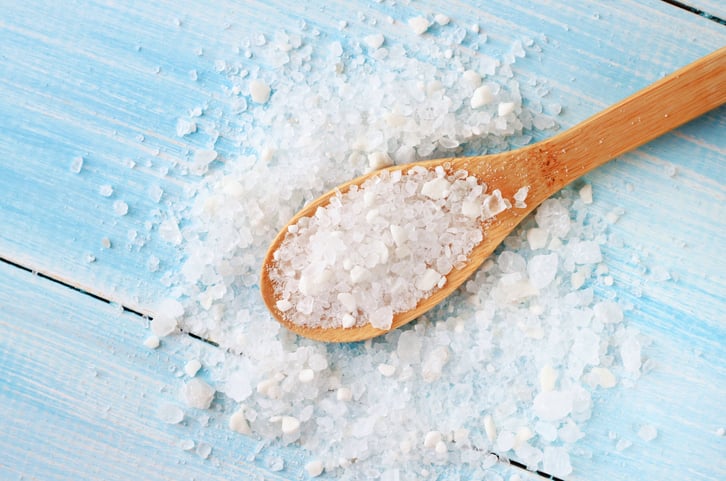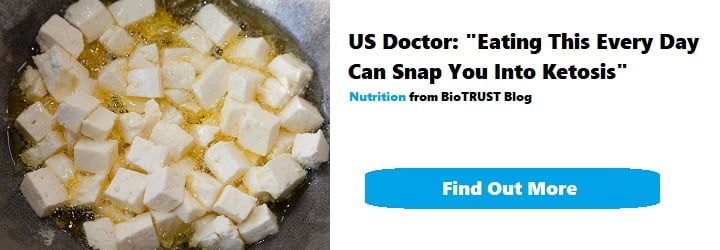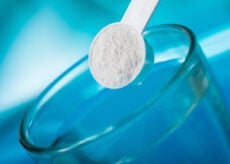Ask the Coaches: The Best Types of Salt (pink, table or sea)

Q: I was wondering if you could shed some light on the best type of salt to use. I’ve heard sodium and high blood pressure don’t mix, but I’ve also read that certain types of salt are healthy. I want to make sure I know the facts. What’s the best type?
Thanks for your help in advance.
-Linda
Hi Linda,
What a great question! As you’ve discovered, salt is the subject of hot debate recently, especially with so many types of salt available with various purported health benefits.
To cover the basics, salt is a mineral made up of sodium and chloride, which are essential for life. Sodium controls blood pressure and is needed to make nerves and muscles work properly, but you’re correct. You need the right amount. Both too much and too little can affect blood pressure.
Sodium serves several other key functions in the body. For example, it assists in the absorption of chloride, amino acids, glucose, and water. And it regulates fluid in the body as well as blood volume.
Most salt is harvested from salt mines or by evaporating sea water. And it’s used for various reasons, the most common being to add flavor to food. And, because bacteria have difficulty surviving in a salt-rich environment, it’s also an effective preservative.
How Much Salt Do You Need?
Currently, dietary guidelines suggest a maximum of 2,300 mg of sodium per day, or about one teaspoon of salt. Unfortunately, the average person consumes about 3,600 mg of sodium, 56% more than the recommended UPPER limit. And it is indeed true that reducing sodium intake may lower blood pressure, which is a risk factor for cardiovascular disease.
It is also worth noting that the Institute of Medicine (IOM) concluded that there is insufficient evidence that lowering sodium intake to 2,300 mg per day either harms or improves cardiovascular outcomes. In fact, there’s some evidence—although inconsistent—that suggests low sodium intakes may lead to greater risk of adverse outcomes in certain populations.
That said, the IOM did find evidence of a cardiovascular benefit for otherwise healthy individuals who cut back on salt if they were consuming considerably more than 2,300 mg of sodium per day.
Where Is All the Salt Coming From?
It’s incredibly important to point out that most people aren’t consuming excess sodium as a result of adding salt to their food. According to the American Heart Association, upwards of 75% of the sodium in the average American diet comes from processed, pre-packaged, and restaurant foods—NOT the salt shaker.
In fact, only about 11% of the sodium in the average diet comes from salt added during cooking or while eating. So, if you’re taking steps to reduce your sodium intake, start by replacing processed and pre-packaged foods like soups, salad dressings, bread, and cereals as well as restaurant meals with whole, minimally processed foods.
If you’re already doing that, on the other hand, then there’s a good chance you might even need to add salt to your diet. You see, research suggests that both too much and too little sodium can be a bad thing.
Low sodium intake is associated with increased risk of cardiovascular events and death in both healthy folks and individuals with high blood pressure. Studies also show that too little sodium may lead to insulin resistance, elevated LDL cholesterol and triglycerides, and an increased risk of death in type 2 diabetics.
Overall, there is no evidence that healthy folks need to cut back on sodium as long as they’re already limiting their intake of processed foods.
The Best Types of Salt
There is often argument over what type of salt is “healthiest,” with proponents for iodized table salt, kosher salt, sea salt, Himalayan pink salt, and even Celtic salt. At the end of the day, the most unique and notable properties of the different types of salt are their taste, flavor, texture, color, and convenience. Not their nutrient density!
You see, while sea salt, Himalayan salt, and Celtic salt are often touted because they contain less sodium and more minerals than table salt, all types of salt—regardless of source or processing methods—are concentrated sources of sodium. Here is a breakdown of the sodium content of the popular types of salt:
- Table: 39.1%
- Sea: 38.3%
- Himalayan: 36.8%
- Celtic: 33.8%
It is indeed true that gourmet salts contain more additional minerals than typical table salt. Yet it’s drastically overstated. In fact, the differences in mineral content are insignificant. Even the most mineral abundant salts, like Himalayan pink salt and Celtic salt, contain miniscule amounts of minerals compared to their recommended daily intakes.
I have seen reports that Himalayan salt contains up to 84 different trace minerals, which purportedly makes it the best form of salt available. Yet when you look at a spectral analysis of pink Himalayan salt, you find that while there are indeed quite a few trace minerals found, the amounts of most of these are incredibly small. For example, in one analysis, magnesium was revealed to be .16 g/kg; manganese at .27 ppm (parts per million); and zinc at 2.38 ppm.1
Celtic salt actually provides the most magnesium of the various types of salt—at a measly 0.3%. So you’d need to consume 100 grams, or about 18 teaspoons, to reach the recommended daily amount.
For optimal health, it’s going to be much more important to consume a variety of nutrient-dense foods than it is to worry about the type of salt you’re using!
In the end, salt is salt, and it’s meant to add flavor, not nutrition. With one big exception: always choose less refined salt, such as kosher or any of the various types of sea salt over standard table salt, which often contains additives (e.g., anti-caking agents) and has been stripped of any healthy qualities during the refining process.
I hope this helps!
-Coach Tim







